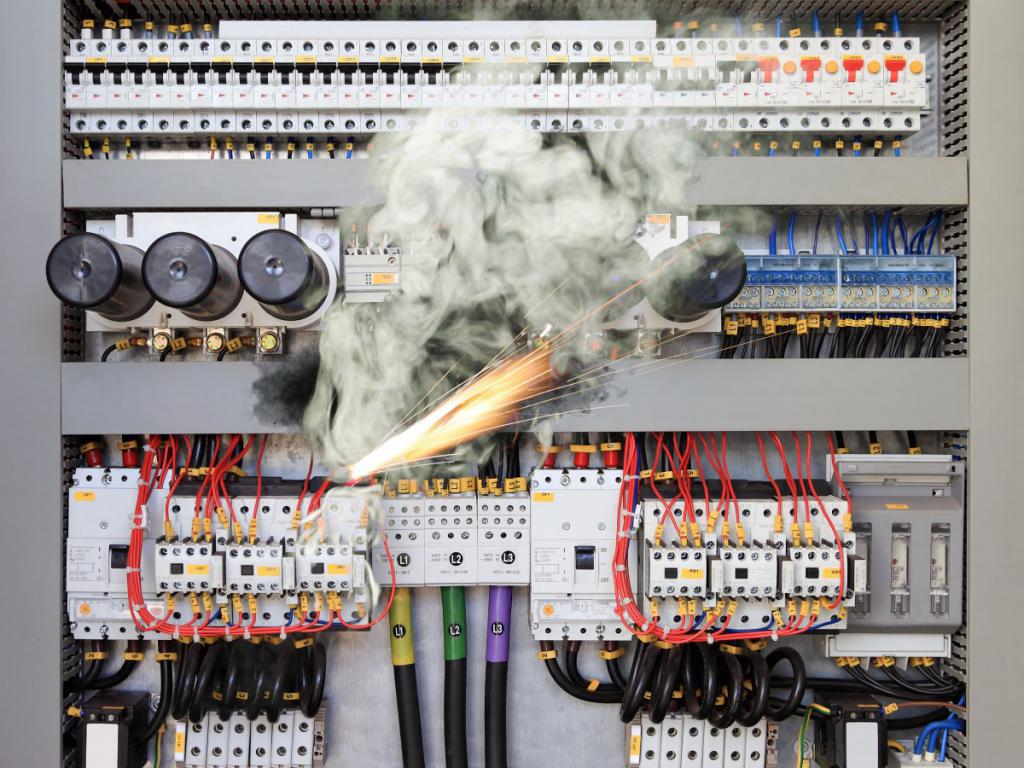Overvoltage protection is a function of the power supply that turns off the equipment when the voltage exceeds a specified parameter. Overvoltages can occur in the source itself or in distribution networks and last only a few milliseconds, but even such a short-term manifestation of electromagnetic effects on household appliances is fatal, especially for electronic equipment containing semiconductor components.
The causes of emergencies in the household electrical network
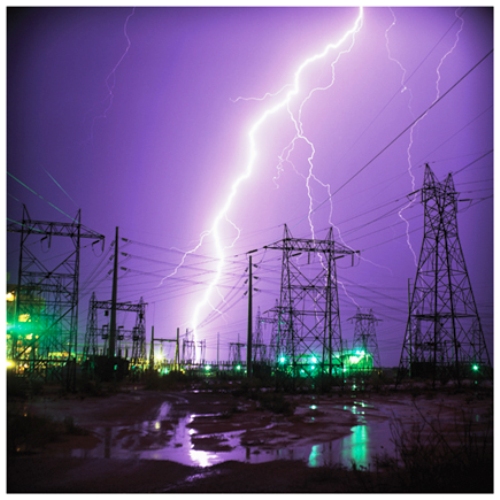
The main factors of overloads in the 220 and 380 Volt network:
- lightning discharges, lightning - the most high-energy phenomena on Earth;
- improper operation of equipment and low level of qualification of power grid personnel;
- violation of safety regulations during the operation of electrical installations, as a result of which the consumer will have not 220 V, but 380 V or less than 110 V;
- spark of static electricity;
- open wire breakage;
- surge voltage due to a thunderstorm in the power line;
- differences in current in the network due to the simultaneous inclusion of a large number of devices and equipment.
The consequences of a surge in the network
Exposure to overvoltage conditions can completely damage electrical equipment, cause malfunctions of devices, lead to fires, and sometimes even explosions. By the number of cases, the second place in the country is occupied by fires caused by overvoltages in the network, when the current instantly rises to hundreds of thousands of amperes, a huge amount of heat is sharply released in the wiring or devices, followed by ignition of their insulation or plastic products.
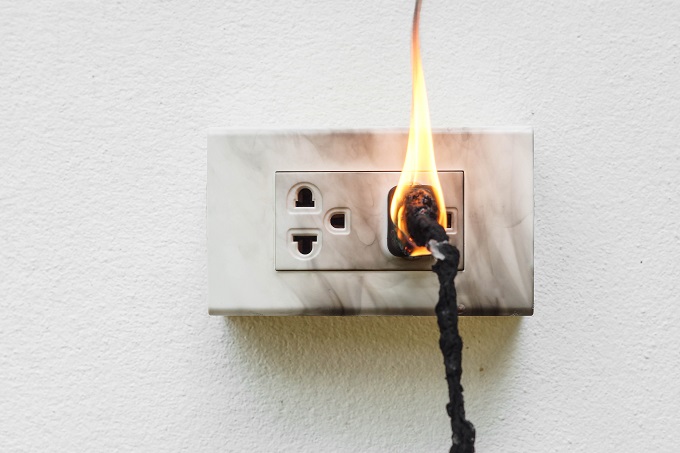
Power surges have a detrimental effect on all household electrical appliances, they can only be protected using a special overvoltage protection device.
Types of protective devices
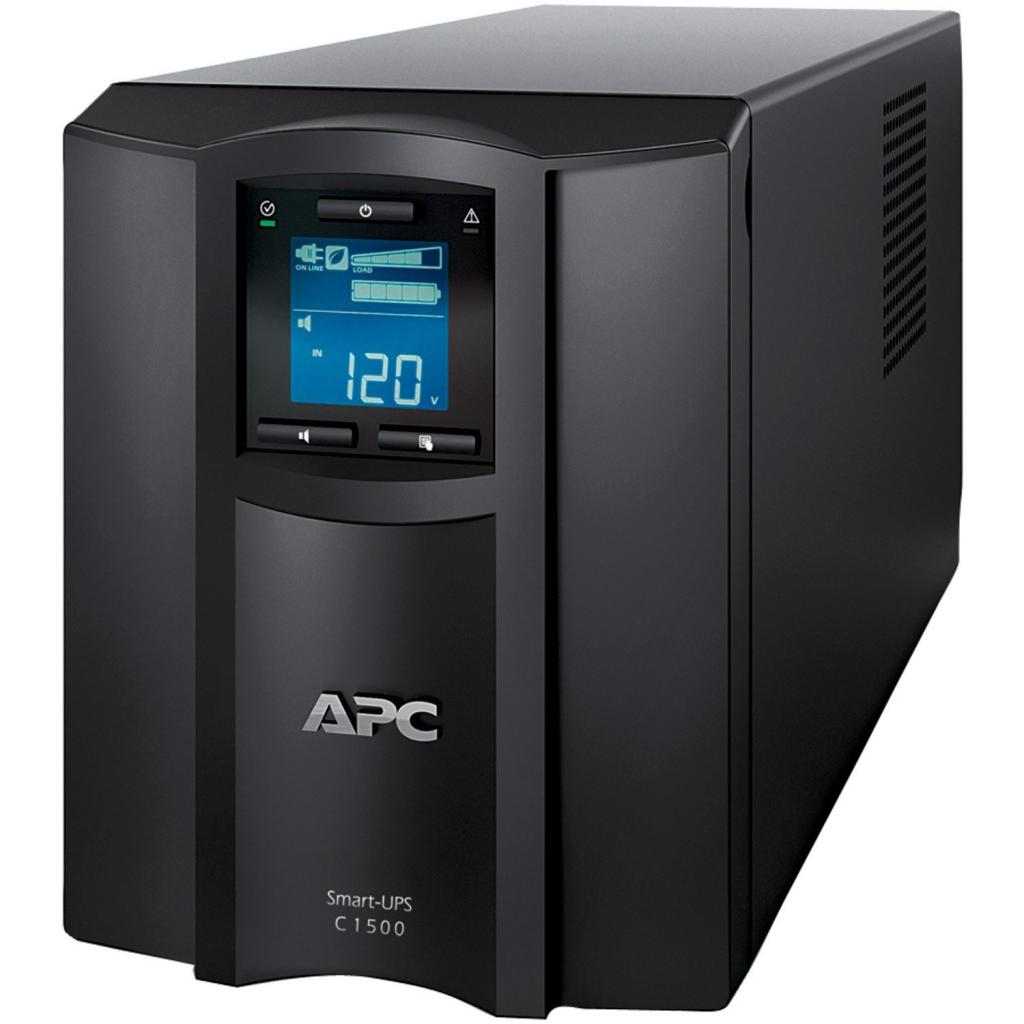
To deal with network voltage drops, there are many different devices that are easy to install on their own. Products help protect your home and loved ones as efficiently as possible from emergencies caused by network overvoltage.
There are several types of surge protection devices:
- Voltage stabilizer - controls the size of the mains voltage.
- Uninterruptible power supply (UPS) - a device for emergency maintenance of equipment performance when the main source is turned off, made by the principle of a backup battery. The UPS is still different from an autonomous power supply system, as it provides lightning-fast protection, powering the device from battery power. The UPS emergency operation time is very short (several minutes), but this is enough to start another source or properly disconnect the devices from the mains.
- Circuit breaker is an electrical device with functions similar to a fuse. Overvoltage protection of the network of the simplest circuit breakers is provided by a solenoid, which is activated by an excessive increase in current. Small circuit breakers are widely used instead of fuses to protect electrical systems in homes and apartments.
- Surge protector is a protective device with a built-in electronic circuit to protect against impulse, low and high frequency network interference by smoothing them.
- Non-linear surge suppressor (OPN) - a device that protects equipment from switching overvoltages and lightning, is the best means of protection.
- Transformers (step-down and step-up) - change the voltage to working, when there is a regular drawdown or increase in voltage in the network, because of which the devices can not function at full strength.
- Residual current circuit breakers (RCDs) are the most common means of protecting people from the danger of electric shock when touching devices and equipment while energized, as well as to protect against fire caused by leakage currents. Other means of protection cannot perform these functions, as they only respond to network congestion.
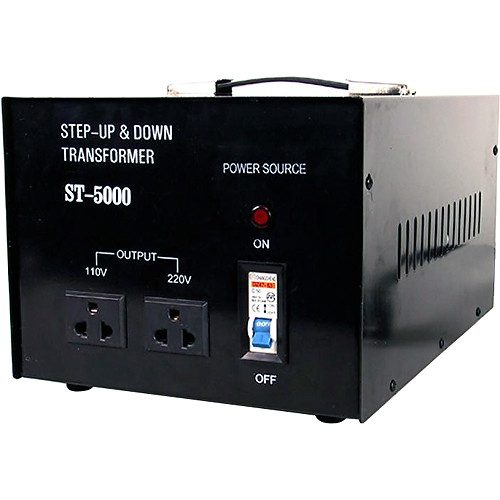
Sources of impulse noise
Impulse noise (IP) is created by an instantaneous voltage surge in the electric network with an amplitude of more than 4-6 thousand V. IPs are in the form of a single or multiple (burst) of alternating pulses. This is the most common “disease” of power grids and causes irreparable harm to electronic components of household appliances. Protection against IP - equipment power supply using surge protectors. Other electrical protection systems are practically not configured for protection against IP, therefore they cannot provide it.
There are sources of IP:
- Natural sources - lightning strikes nearby with electrical networks (air or underground), the range of up to 20 km.
- Man-made sources - switching processes during the operational management of power transmission systems (on / off) and emergency situations at transformer substations.
According to operational data, the most common are IP of a technogenic nature, which is explained by the level of deterioration of networks and a large consumer load.
IP safety classes
Depending on the pulse power, equipment for protection against IP is divided into classes:
- lightning protection - 0 (A);
- lead-in shield for building I (B);
- electrical switchboards for rooms - II (C);
- equipment in accordance with GOST-III (D).
Surge Protection Device (SPD)
There are SPDs - varistors and arresters of various designs, usually having indicators that signal a shutdown. Varistors have certain disadvantages: after tripping, they must cool down, which reduces the level of lightning protection readiness during repeated lightning strikes. They are mounted on a DIN rail, so they are easy to replace if necessary.
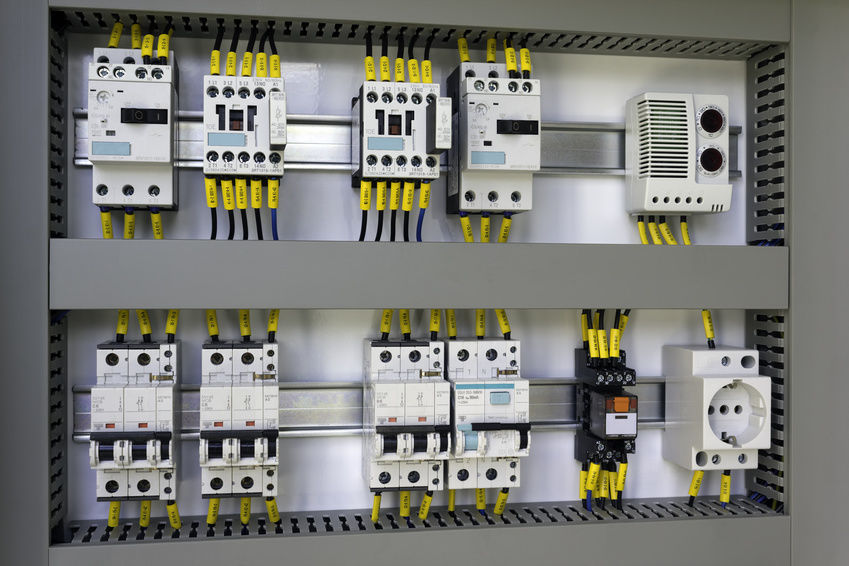
Overvoltage protection and device reliability depend on the efficiency of grounding with equal potentials TN-S or TN-CS, separation of protective and 0-wires. The SPD is installed in 10 m increments over the cable, which ensures the calculated sequence of operation of the SPD.
On air lines, an SPD is installed from arresters and fusible inserts, in the common house shield - varistors of class. I, II, and on the floors - III class. If necessary, additional protection sockets are equipped in the form of network extension cords.
220V surge protection device for home
220 V overvoltage protection is the task that you will have to solve yourself: think with your head and assemble your own protection. Modern household and computer equipment operates safely from 190 to 240 V. A voltage surge creates devastating consequences for equipment when the voltage instantly increases several times and drops sharply.
The most common causes of overvoltage:
- simultaneous shutdown / inclusion of a large number of devices;
- damage to the 0-wire;
- lightning strike in power lines;
- wire breakage by an external object;
- violations of the wiring diagram in the shield.
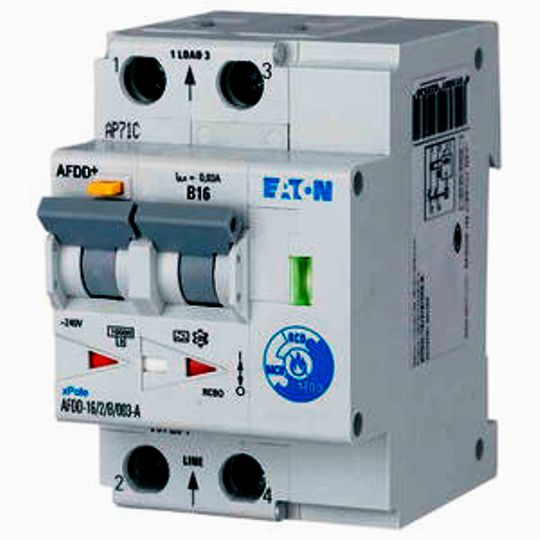
The industry produces a large list of devices that can reliably provide protection against overvoltage of a 220 V network, household appliances - from damage and high network parameters:
- An ILV (voltage monitoring relay) is installed when voltage drops are a rare occurrence. ILV - a device that turns off the electric circuit when the potential difference changes and turns on when the network parameters normalize, must have its own power exceeding the total power of the connected equipment.
- DPN (differential voltage sensor) is triggered when the potential difference changes. DPN causes a current leak, it is already detected by another machine - RCD, it also disconnects the network.
Surge Protectors
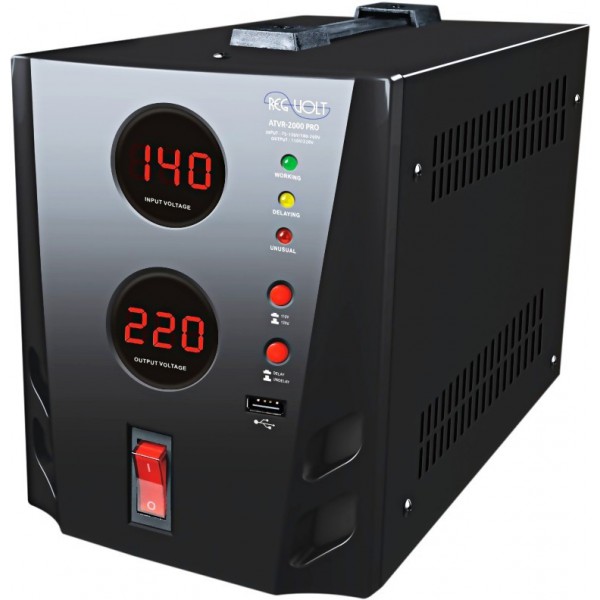
For normal operation of electrical equipment, the voltage must be maintained in the range from 190 V to 240 V.Surge protection occurs when the permissible parameters are exceeded, for example, caused by welding work performed near the house, or the appearance of a short circuit current in the general house electrical network. In this case, the stabilizer instantly turns off the electricity. After stabilization of the network, the protective device independently supplies voltage to the consumer's devices.
Network filters

If the filter can not cope with interference, then it turns off the power by the built-in fuse. Surge protection is used for multi-level domestic computer networks. The surge protector circuitry provides one of the easiest, cheapest, and most effective overvoltage protection methods. This is usually associated with an adjustable output and a protected circuit or load. SFs operating on the basis of a transistor control the output current and voltage. The protection device turns off the equipment when the voltage exceeds the set value.
Surge protection using surge arresters
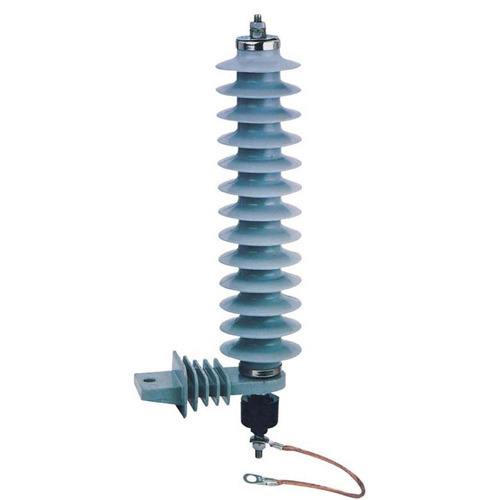
Thunderstorms, quasi-stationary and switching overvoltages affect the performance of electrical equipment. The main protective devices are RV (gate arresters) and surge arresters (non-linear surge arresters). The reliability of their work depends on:
- The choice of the number of devices, their parameters and location.
- Internal surge protection of the arrester itself, which is not protected from this type of exposure.
- Tests under normal conditions, they should not break through.
Surge arresters (varistor) consist of a resistor and spark gap connected in series. This connection scheme changes the characteristics in a humid environment, so they are hermetically closed. This type of arrester operates silently and does not produce gas and flame emissions.
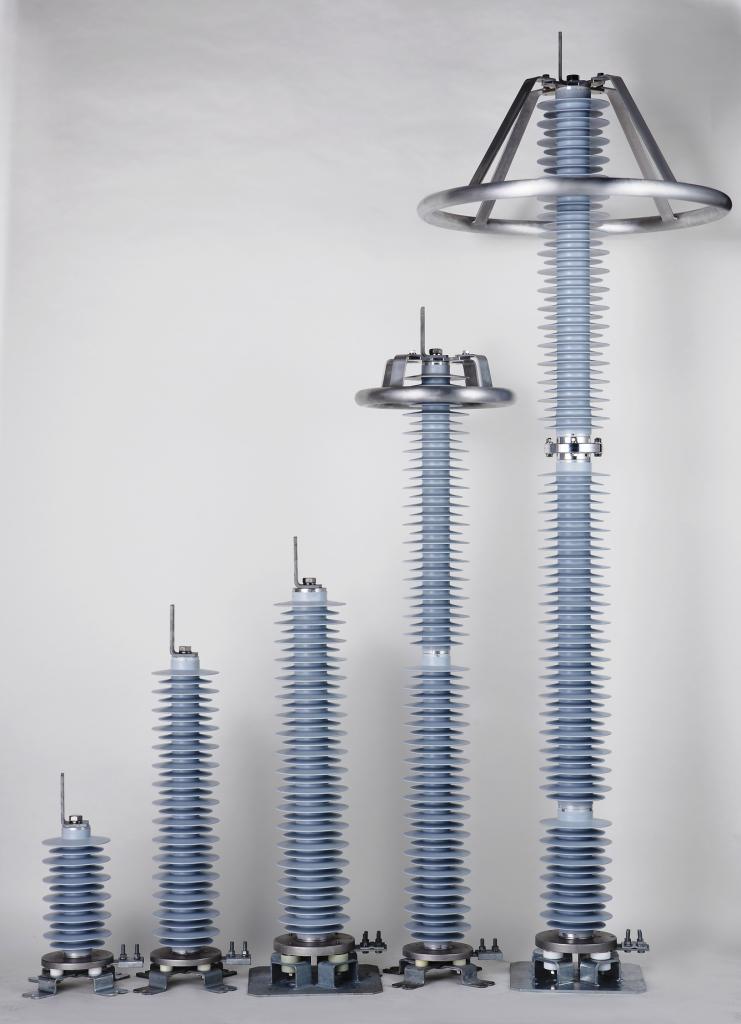
The phenomenon of overvoltage in our networks is not uncommon, power supply systems are outdated, since they are not designed for the modern increased consumer living standard. Inflated loads of electricity consumption destroy worn-out networks, as a result of which voltage drops occur more and more often.
To summarize, it should be said that overvoltage protection methods, of course, are designed to protect against damage from high voltage equipment and people, but do not give a 100% guarantee. During thunderstorms and switching events on the network, the best protection is always the complete disconnection of expensive equipment from the mains.
